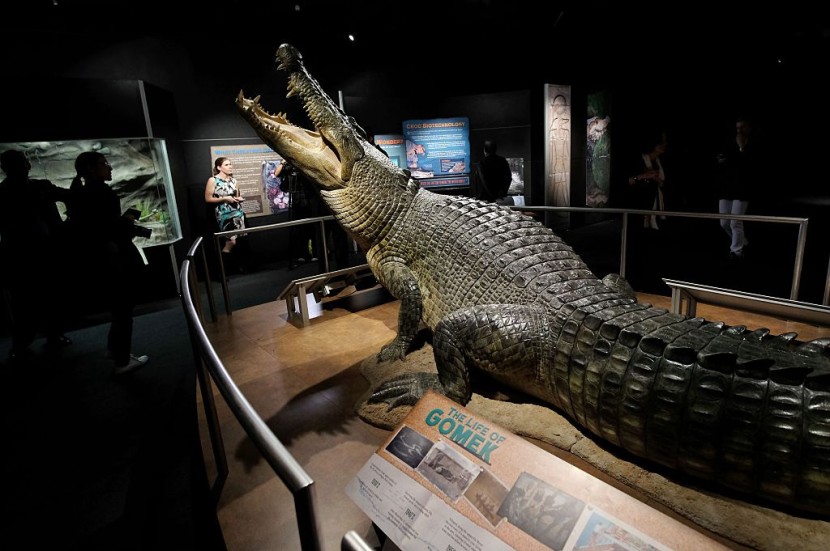
An ancient crocodile species that lived in Africa several million years ago ate human ancestors. Based on a study from researchers at the Iowa University responsible for finding two new species that existed for about 18 to 15 million years in the African continent before disappearing.
Giant Dwarf Crocodiles
These species of archaic crocs are giant dwarf crocodiles which are the distant ascendants of today's dwarf crocodiles living in present central and west Africa today, reported Phys Org.
Despite the names, the archaic giant dwarf crocodiles were far more humongous, and the descendant is only 4 to 5 long, but millions of years ago, they were 12 feet long. Any animal that came across their jaws rarely survived, even pre-humans.
Christopher Brochu, a professor and part of the study, had described them as predators that ate pre-humans who waited by the water to ambush even human precursors coming to drink.
Also, these reptiles, like modern crocs, are opportunistic hunters waiting patiently at the water's edge for the next meal, citing Science Daily.
Extinction Due to Climatic Shift
These ancient crocodile species, called Kinyang mabokoensis and Kinyang tchernovi, have been shortened with deeper snouts with large cone-shaped teeth for tearing prey. Instead of living in the water, they were terrestrial, waiting in the forest or the bush, noted EurekAlert.
Brochu added it had a big grin that appeared happy, but they'll bite a chunk of our human ancestors anytime.
Living in the East Africa Rift Valley is the Kinyang in present-day Kenya; it existed from the early to mid-Miocene epoch when forests dominated the landscape. But the two species at the end of the Miocene Climatic Optimum disappeared 15 million years ago.
The professor suggested that less rain in the region due to the climatic shift had ended them. No rain led to the forests receding, slowing the grasslands and mixed savanna woodlands.
Specific adaptation to wooded forests for hunting and nested was a shock to Kinyang, that failed to adapt successfully to change.
To this day, the modern dwarf crocodilian is still living in wetlands and forests based on thirty years of scholarship studying ancient and modern crocs comparatively, like most extinct species that died out when their habitat was affected by climate change.
But for larger bipedal primates, it was advantageous as the environment would be perfect for them, later leading to modern humans.
Hypothesis on Dwarf Crocodile Extinction
Brochu's studies are incomplete and cannot be certain how Kinyang became extinct, that needs more data. Knowing how extinction sets in is not a simple process.
One loud discrepancy is a gap that has not been resolved in the fossil record that bridges what led to later modern crocodilians from after their extinction to a modern one.
This gap covers 7 million years in the past that has yet to find significant fossils connecting the ancient croc to modern ones. Of the younger species identified is the Nile crocodilian living in Kenya.
Brochu studied the specimens in 2007 at the National Museums of Kenya, located in Nairobi, and his study was published in The Anatomical Record.
These ancient crocodile species were precursors of today's crocodilians; they preyed on human ancestors as alpha predators until they died in the Miocene.
Related Article : Scientists Discover Bipedal Dinosaur Armed With Massive Sword-Like Claws Lived in Asia During the Cretaceous Period








